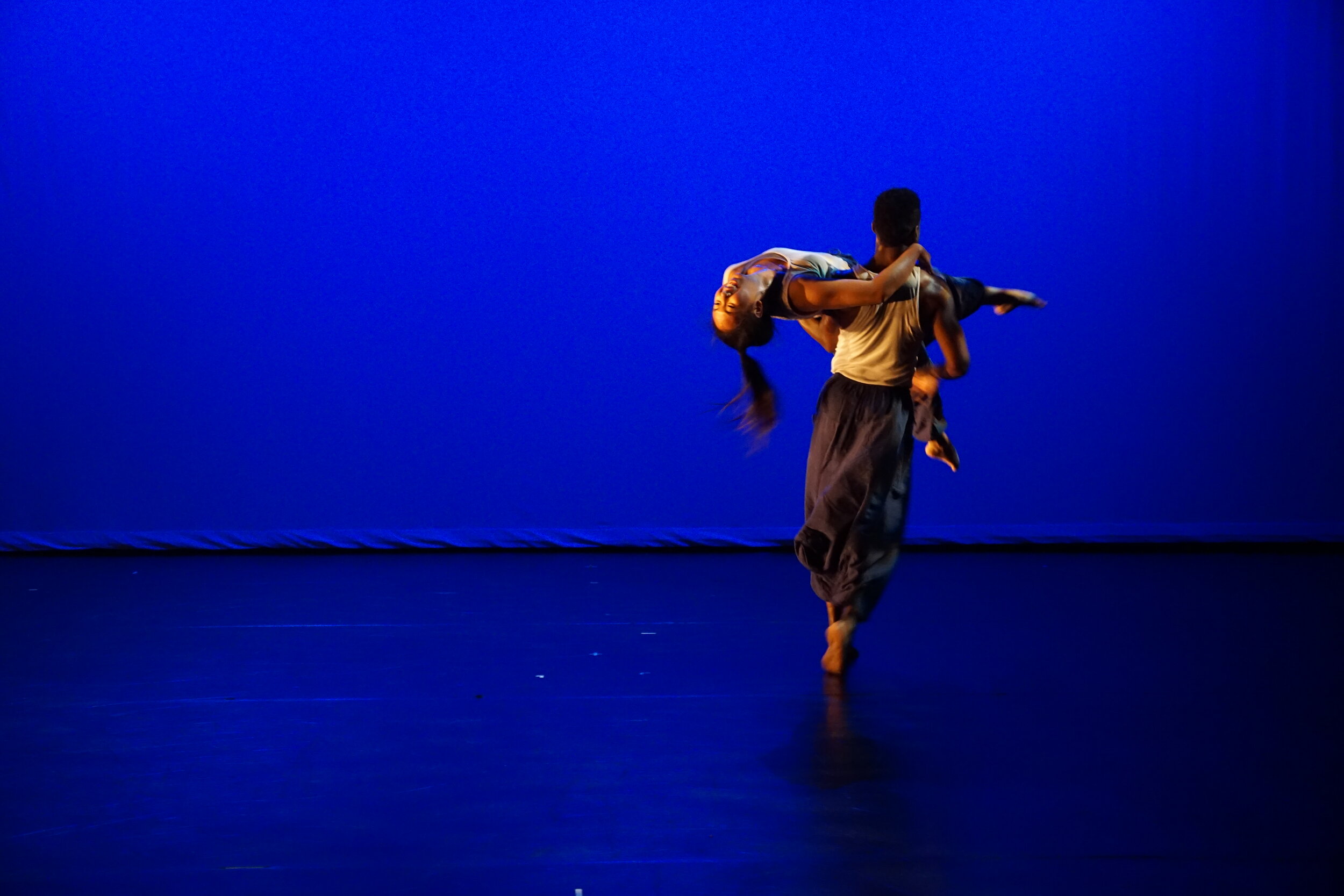Artistic Philosophy
In the day-to-day, I am viewed as and present myself as: queer, Korean, American, millennial, first-generation, and female. As an artist, I am viewed as and present myself as: a performer, choreographer, dance educator, scholar, artivist, and facilitator. These two seemingly disparate parts of my identity coalesce, collide, intersect, push-up against, and reconcile with each other through dance. In this body, I draw from my lived experiences, embodied knowledge, and research to marry virtuosic, strong, athletic movements to soft, and vulnerable gestures with contemporary or modern dance and street dance vernacular. By physicalizing these different aspects of my identity, I am interested in creating dance works that decolonize and disrupt preconceived notions of self, performance, and choreography.
My traditional Korean upbringing, in 21st century U.S. American culture, is frequently the basis of my scholarly and creative research. The questions I ask myself most often are: “How are these two cultural differences interfacing within me?” and “How do I make my experience accessible for people (performers and audience members) who are not in my world?”. Within these two questions, there are two specific questions or topics that I am invested in: 1.) How do the ancient Chinese “Analects for Women”, written by Confucius, continue to influence East-Asian and U.S. American society’s perception of the Asian female body and 2.) How do the general philosophies of Confucius continue impact and widen the racial divide between East Asian/Asian-Americans and other races residing in the United States.
As a choreographer based in Colorado and someone who’s worked with predominantly white dance companies and students, I have found ways to abstract my work so that I continue to stay true to the content and context, while also having it accessible and palpable to non-East Asian/Asian-American identifying dancers. By utilizing Modern dance concepts and street dance vernacular, I am able to abstract my research and physicalize it in a way that is still effective in storytelling. The texture, dynamics, virtuosic, athletic, movement intertwined with the soft, vulnerability of my gestural work produce a visceral performing and viewing experience. Dancers are able to connect in a way that feels true to them while staying honest to the context of the work; audience members are placed in a position to ask questions about what they’re observing, which also results in conversations of the content of the piece.
I am a dancer that has many years of Western European dance styles and techniques engrained into the body. Modern dance, Release technique, floorwork, Ballet and Contact Improvisation are genres of dance that I frequently use to generate movement. In the last five years, I have expanded my dance knowledge to African diasporic forms such as: House, Hip-Hop, Popping and Waacking. As my vocabulary expands, my phrase work and movement generation now involve fusing street dance and Western European dance vernacular. Utilizing juxtaposing movement techniques and styles provides dimensionality in the physical work while also granting modes of connectivity between research and dance.
“com(e)pl(a)y” co-choreographed by Vivian Kim and Keith Haynes, premiere at the Dairy Arts Center, Boulder, CO for the Boulder Contemporary Dance Festival
PC: Arianna Stout
PC: Josh Pacheco Photography

